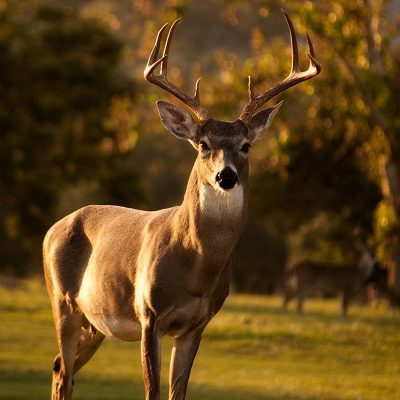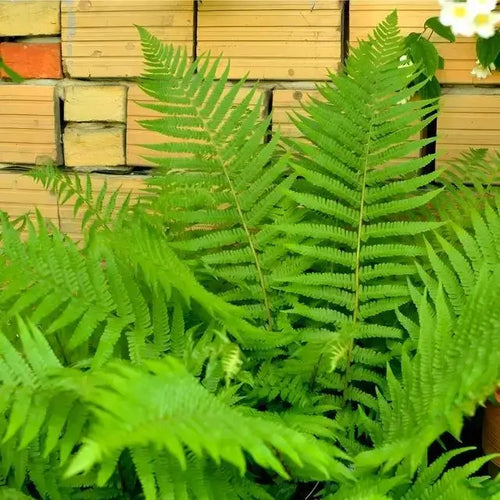Attract Pollinators With Our Specialty Pollinator Plants
TN Nursery offers a variety of specialty plants that you can use to encourage pollination in your garden and landscaping. Sweet alyssums stay low to the ground and bloom each year. Their small pink, white and purple flowers are well-known for attracting bees and butterflies. Canna lilies boast large banana-like leaves in several colors, ranging from green to blue to bronze. The tubular blooms, which come in shades of yellow, red and orange, are a summertime attraction for pollinators like hummingbirds.

Keep Deer Away With Our Specialty Deer Resistant Plants
Bee balms, peonies and Russian sage all have aromas that keep deer away. Peonies have a lemony scent and bloom up to 80 six-to-nine-inch-long flowers in late spring and early summer. Bee balms have a minty fragrance and bloom dense clusters of white, red and lavender two-inch-long flowers in June and July. Russian sage have square gray-green leaves and silvery stems. They bloom late in the summer, featuring purple-blue flowers with an aroma reminiscent of garlic.

Improve Insect Control With Our Specialty Hummingbird Plants
Blue lupines are pea-shaped flowers with lots of blue color variations and hairy leaves and stems. They attract hummingbirds, which can promote better insect control in your landscaping and garden. Delphinium usually blooms twice a year, once in early summer and once in early fall. They create towering stems of multi-colored blossoms that range from white to purple to pink to blue.

Use Other Specialty Plants to Restore Natural Habitats
Cinnamon ferns have dense foliage that creates excellent shelter and natural habitats for small birds. These ferns bloom green upright fronds in early spring that turn a brownish color in the fall. The fan-like fronds and graceful leaves of maidenhair ferns provide a home for toads and lizards. Their reddish-hued leaves first appear in early May and last until November.


















































